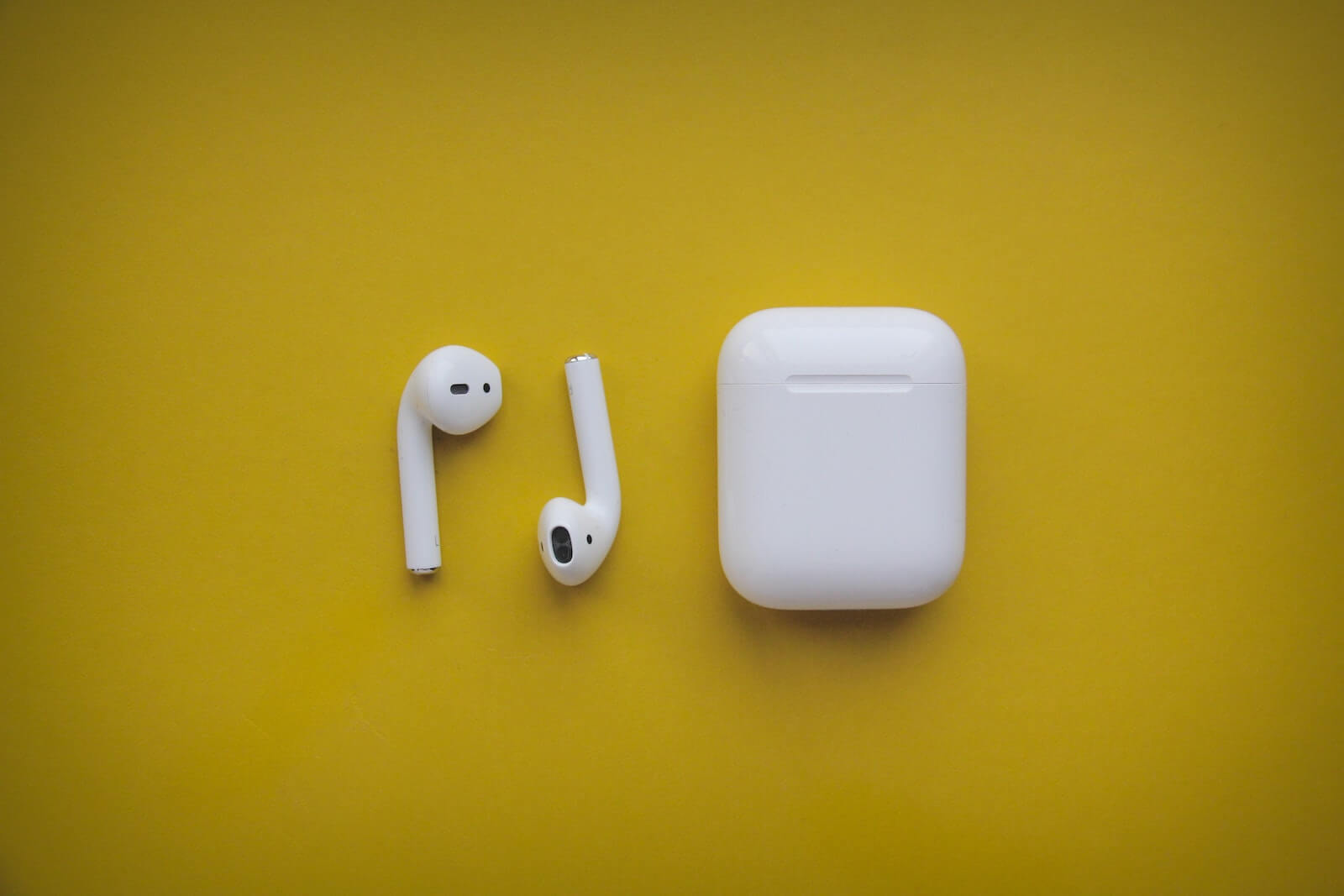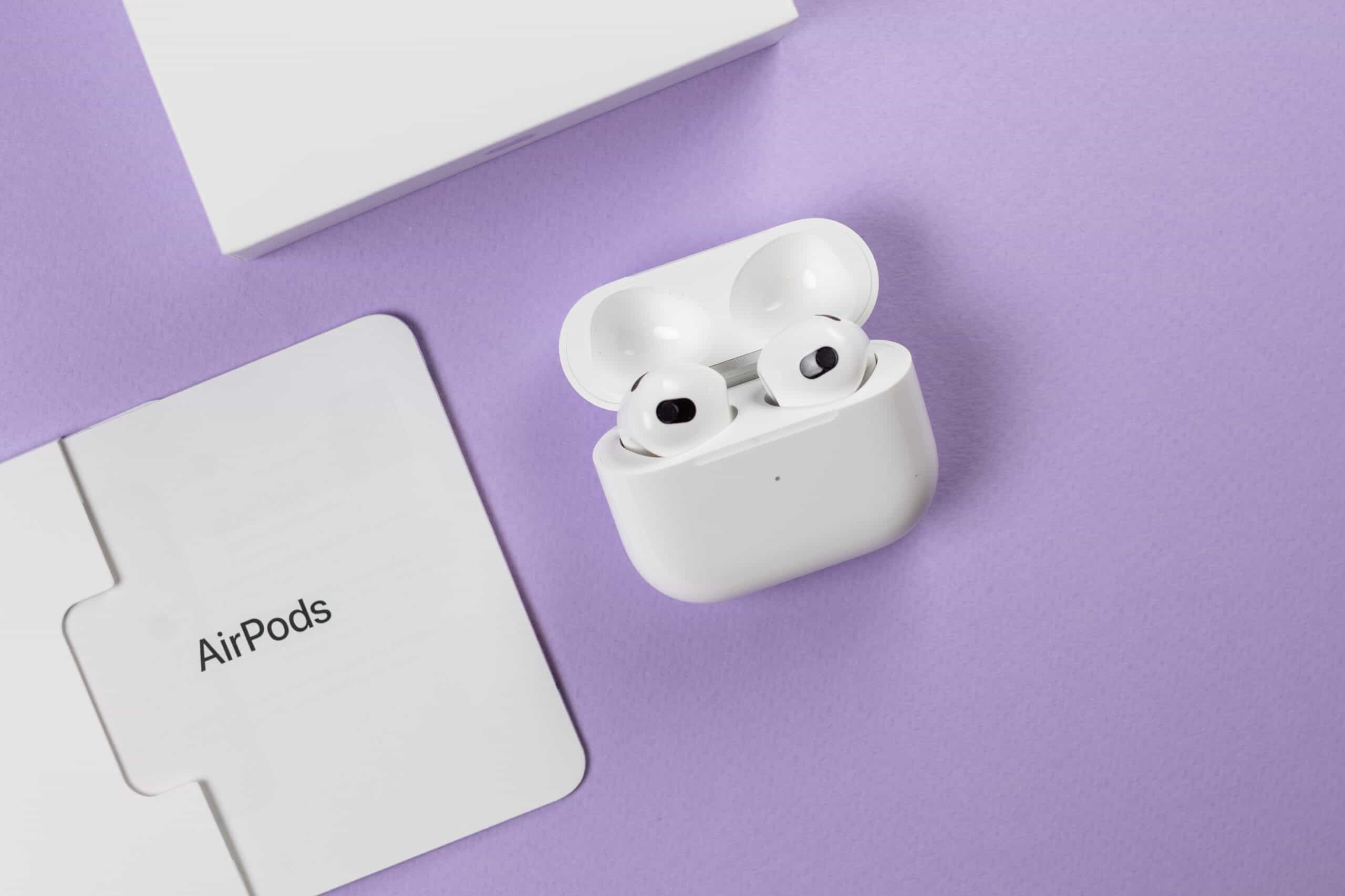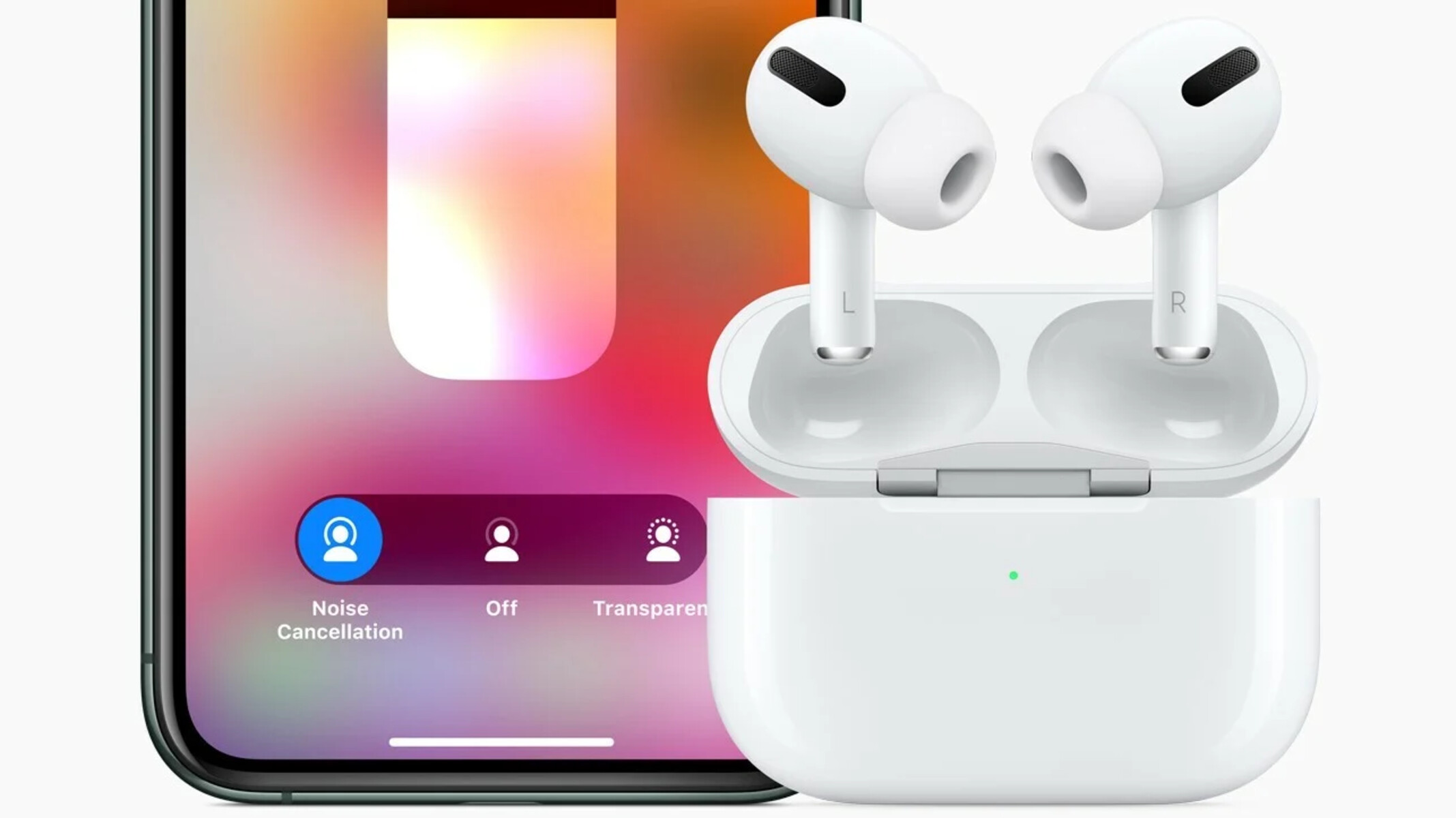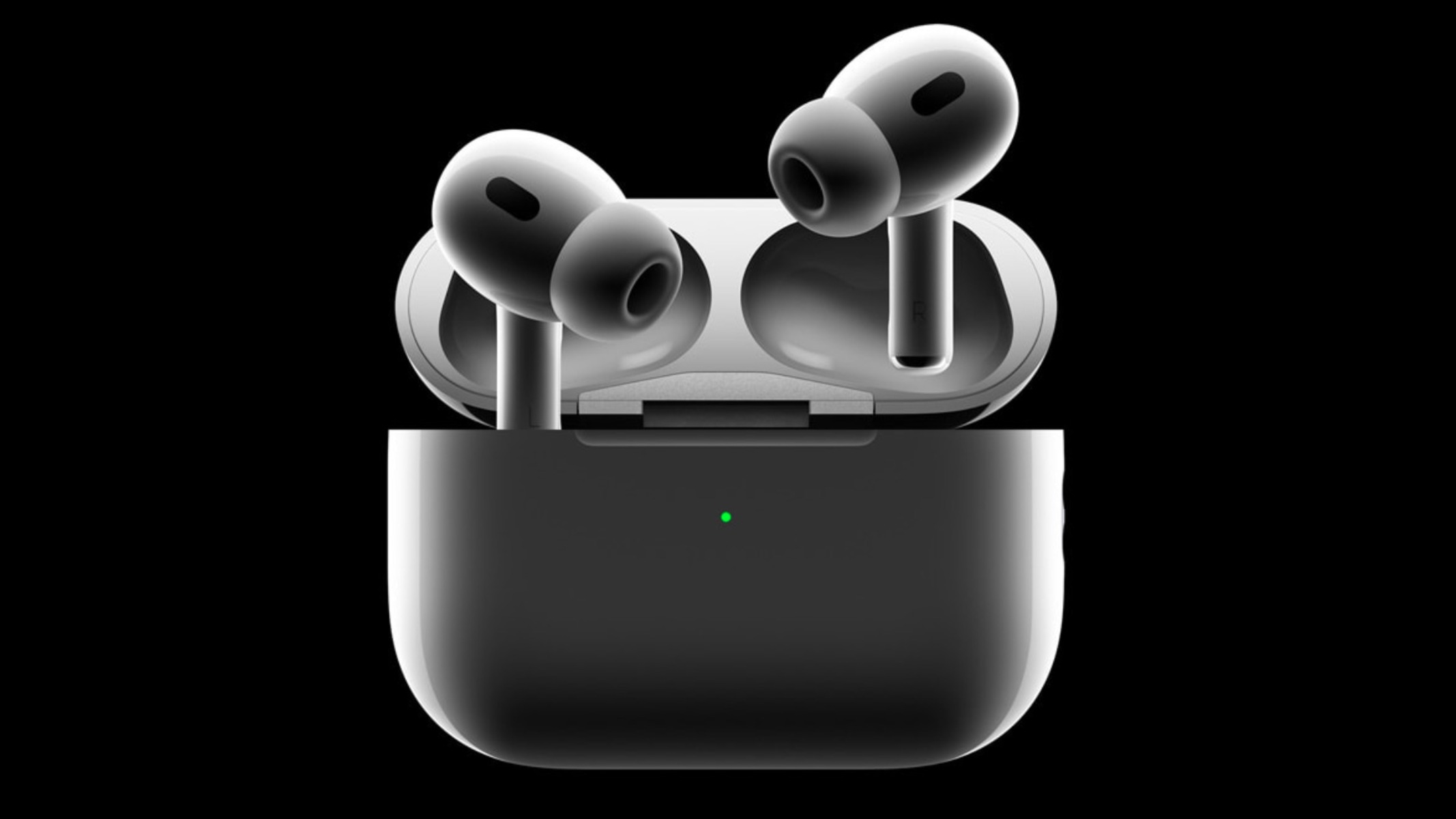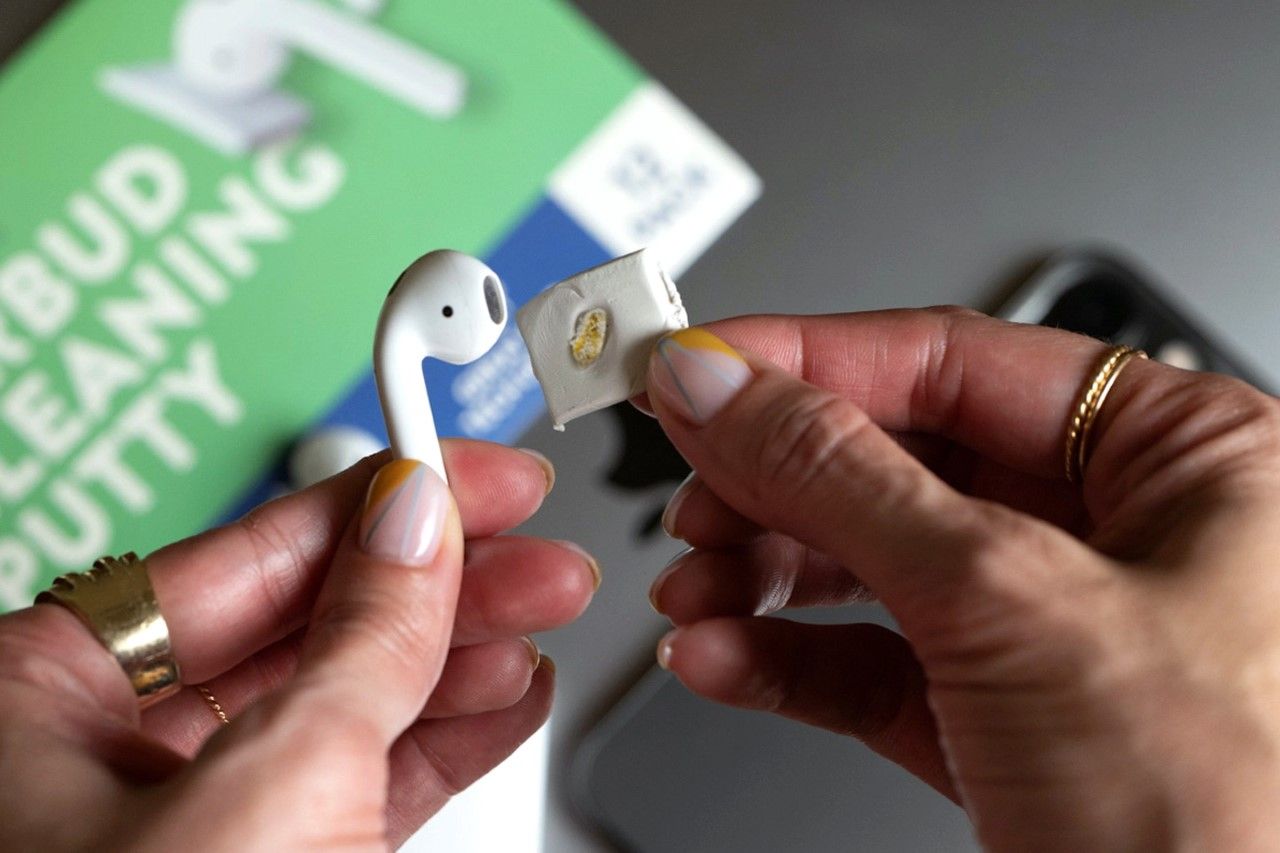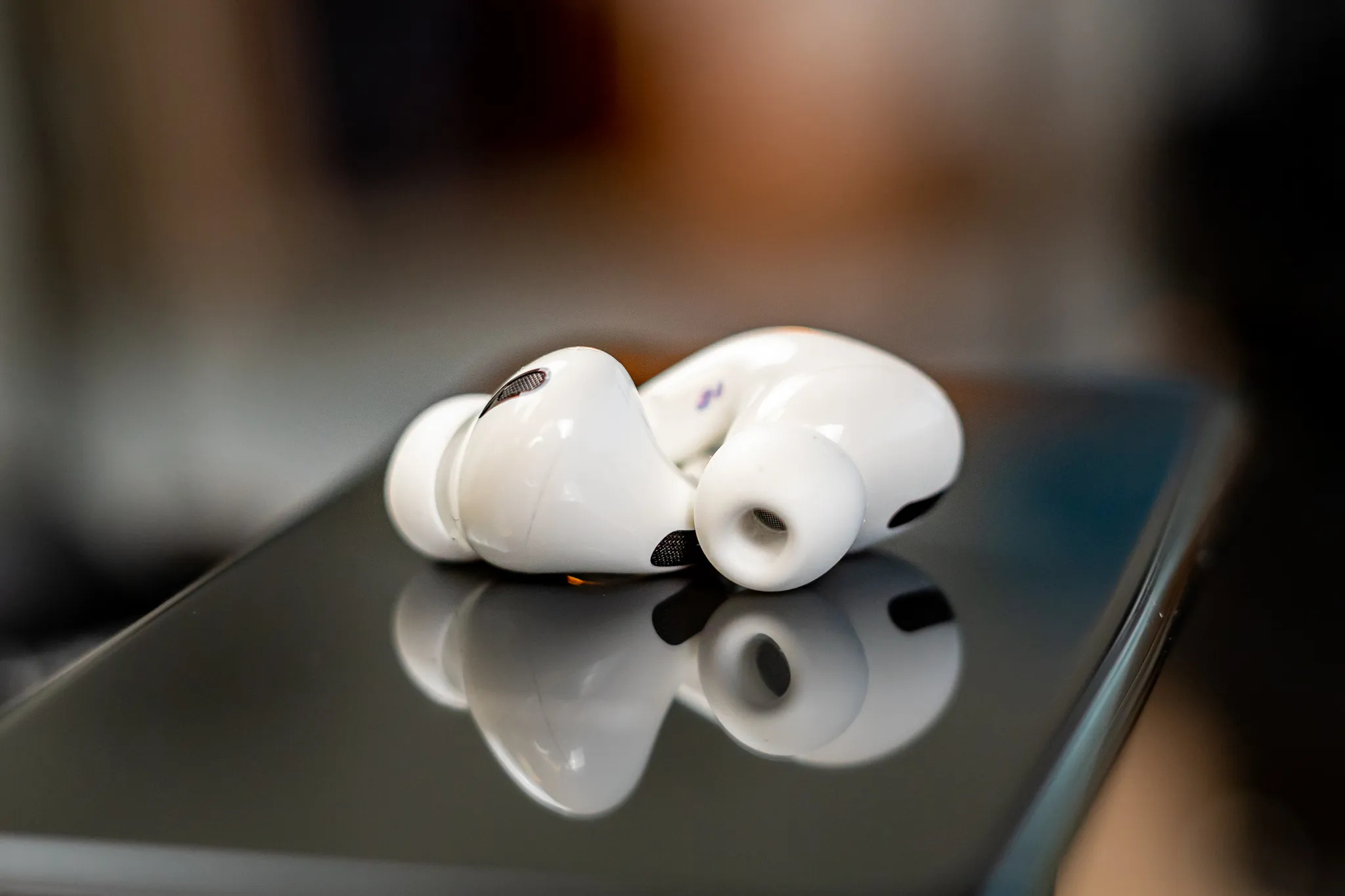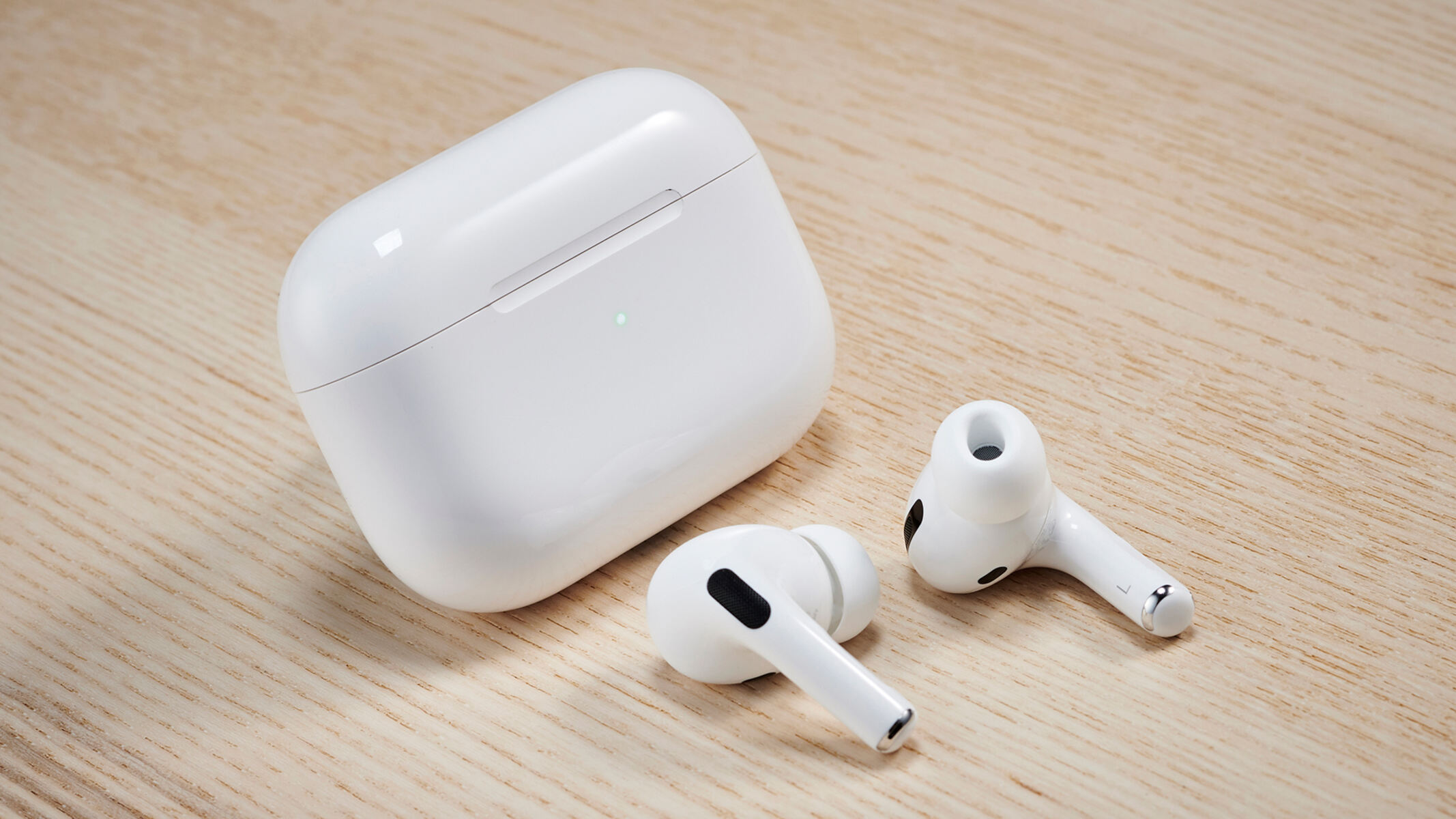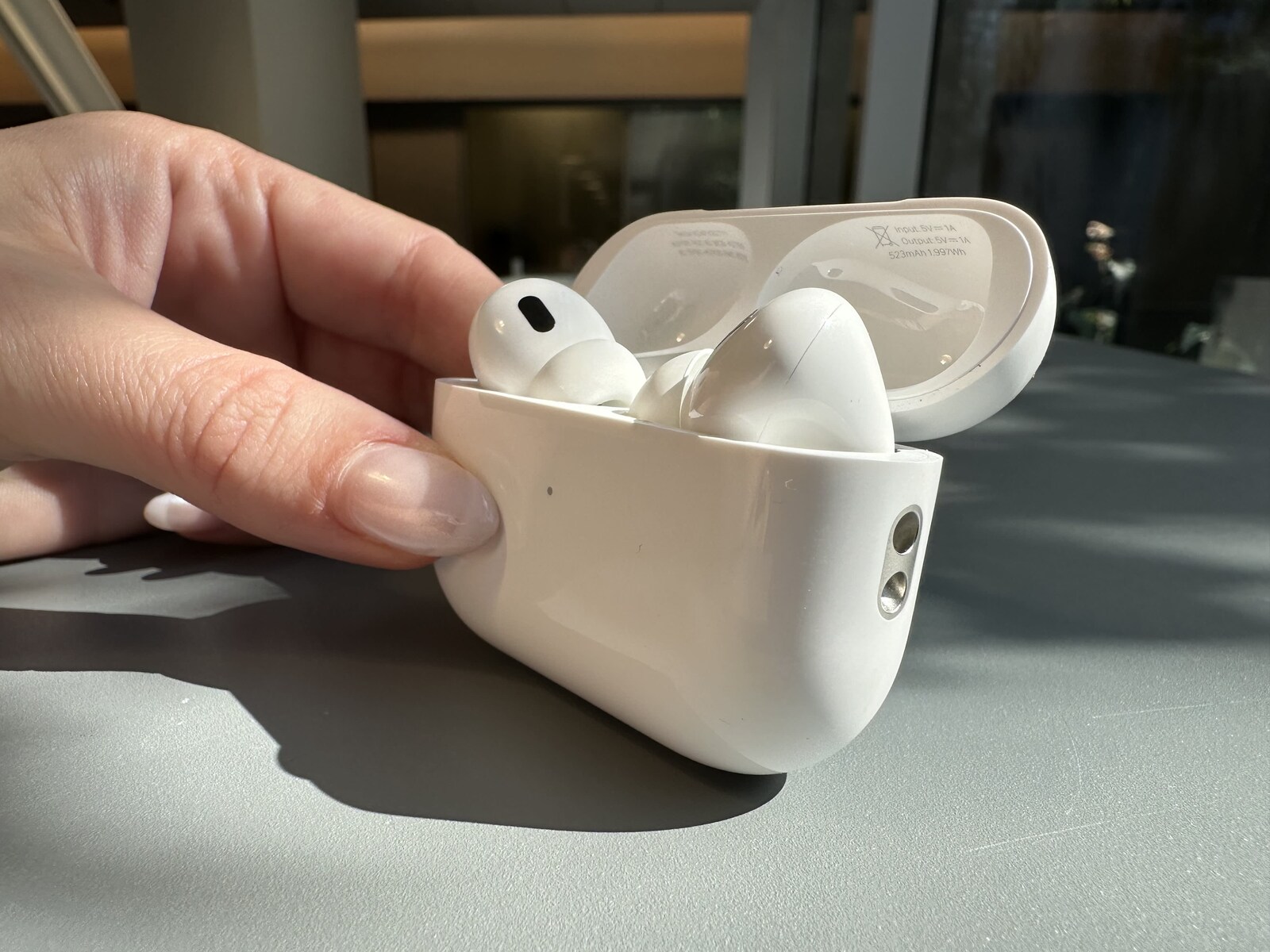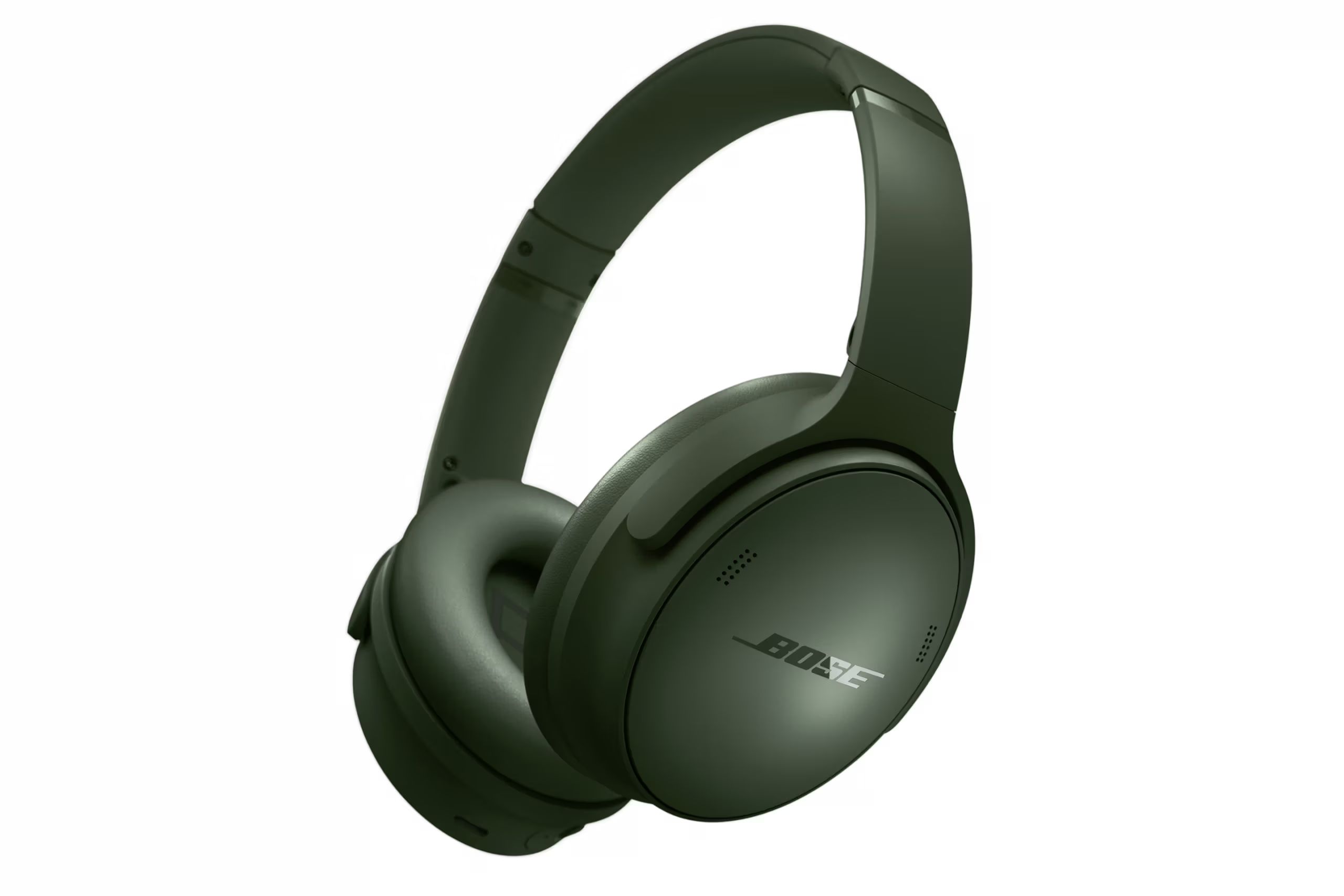Reasons why AirPods may seem quiet
With their sleek design and wireless functionality, AirPods have become one of the most popular choices for enjoying music and taking calls on the go. However, you may occasionally find yourself thinking, “Why are my AirPods so quiet?” If you’re experiencing this issue, there could be several reasons behind it. Let’s explore some possible explanations:
- Volume settings: The first thing to check is the volume settings on your device. Make sure that the volume is turned up to an adequate level. It’s worth noting that AirPods have independent volume control, so double-check the volume level on the AirPods themselves as well.
- Compatibility issues: AirPods are designed to work seamlessly with Apple devices. However, if you’re using AirPods with a non-Apple device, there might be compatibility issues that result in lower volume levels. Ensure that your AirPods are connected properly and that the device’s firmware is up to date.
- Dirty or obstructed speakers: Over time, debris or earwax can accumulate on the speakers of your AirPods, causing them to sound muffled or quiet. Regularly clean your AirPods with a soft cloth or a cotton swab to remove any dirt or obstruction that may affect the sound quality.
- Software glitches: Occasionally, software glitches can impact the performance of AirPods. If you’ve recently updated your device’s software or AirPods firmware and noticed a decrease in volume, try resetting your AirPods and re-pairing them with your device.
- Low power mode: When your AirPods’ battery is running low, they may automatically switch to low power mode, which can affect the overall volume. Ensure that your AirPods are sufficiently charged to maintain optimal volume levels.
- Limited sound isolation: AirPods have an open-ear design, allowing ambient noise to seep in. In noisy environments, this can make the audio sound quieter. Consider using foam eartip covers or opting for over-ear headphones for better sound isolation.
- Hardware limitations: While AirPods offer impressive audio quality, they do have certain hardware limitations. Compared to larger headphones with bigger drivers, the small size of AirPods limits their maximum volume output.
- Audio source quality: The quality of the audio source you’re listening to can also affect the perceived volume. If you’re playing low-quality or poorly mastered audio files, it may sound quieter through your AirPods. Stick to high-quality audio sources to fully enjoy your AirPods’ capabilities.
- Device settings and equalizer settings: Your device’s settings, such as sound equalizer settings, can impact the volume levels when using AirPods. Experiment with different equalizer presets or adjust the settings to enhance the volume output.
By considering these various factors, you can troubleshoot and identify why your AirPods may seem quiet. By addressing the specific issue affecting your AirPods’ volume, you can enjoy the full audio experience that they are designed to deliver.
Volume settings
When it comes to troubleshooting why your AirPods may seem quiet, the first factor to consider is the volume settings. This includes both the volume settings on your device and the volume control on the AirPods themselves.
Start by checking the volume level on your device. Make sure that it is turned up to an adequate level. Sometimes, the volume level may have been accidentally lowered or set too low, resulting in a perceived decrease in volume through your AirPods.
In addition to adjusting the device’s volume, you should also check the volume control on the AirPods themselves. Each AirPod has its own independent volume control, which means that one AirPod may be at a different volume level than the other. To adjust the volume on the AirPods, you can use your device’s volume controls or the volume slider in the Control Center on iOS devices.
If you’re still experiencing low volume even after adjusting both the device and AirPods volume levels, try disconnecting and reconnecting your AirPods. Sometimes, a simple reconnection can resolve any connectivity issues that might be affecting the volume output.
It’s important to note that if you have enabled the “Volume Limit” feature on your device, it may restrict the maximum volume output. To check if this feature is enabled, go to your device’s settings and look for “Music” or “Sounds & Haptics” settings. If the volume limit is active, try disabling it to allow the AirPods to reach their maximum volume potential.
Additionally, consider adjusting the volume increment settings on your device. Some devices allow you to change the volume increment, which determines how much the volume increases or decreases with each button press. Changing this setting to a smaller increment value can provide more precise control over the volume levels.
By properly adjusting the volume settings on both your device and the AirPods, you can ensure that you are maximizing the potential volume output and resolve any issues related to low volume.
Compatibility issues
Another possible reason why your AirPods may seem quiet is compatibility issues, especially if you’re using them with a non-Apple device. While AirPods are primarily designed to work seamlessly with Apple devices, they can still connect to other Bluetooth-enabled devices.
However, non-Apple devices may not fully support all the features and functionalities of AirPods, including volume control. This can result in lower volume levels or limited control over the volume output. In some cases, the Bluetooth connection between the AirPods and non-Apple devices may also be weaker, leading to lower sound quality and reduced volume.
To address compatibility issues, ensure that your AirPods are properly connected to your device. Make sure that the AirPods are in pairing mode and search for them in your device’s Bluetooth settings. If the connection is successful, you should see the AirPods listed as a paired device.
If you’re experiencing issues with volume control or audio quality on a non-Apple device, check for any available firmware updates for both the device and the AirPods. Manufacturers often release updates to improve compatibility and address any known issues. Updating the firmware can help resolve compatibility-related problems and optimize the performance of your AirPods.
It’s also worth noting that the compatibility between AirPods and different devices can vary. While some non-Apple devices may work perfectly fine with AirPods, others may experience certain limitations. It’s always recommended to check user reviews or forums to see if other users have reported any compatibility issues with specific devices.
If you frequently switch between different devices, such as using AirPods with both an iPhone and an Android device, you may encounter compatibility issues. In such cases, you may need to manually disconnect and reconnect the AirPods when switching between devices to ensure optimal performance.
By understanding and addressing compatibility issues, you can ensure that your AirPods deliver the best possible volume and audio experience, even when used with non-Apple devices.
Dirty or obstructed speakers
One often overlooked factor that can cause your AirPods to sound quiet is the presence of dirt or obstructions on the speakers. Over time, debris, earwax, or other particles can accumulate on the speakers of your AirPods, affecting the sound quality and volume.
To check if dirty speakers are causing the issue, closely inspect the speakers of your AirPods. Look for any visible signs of dirt or obstruction. If you notice any debris, gently wipe the speakers with a soft, dry cloth or use a cotton swab to carefully remove it. Avoid using water or any liquids, as this can damage the AirPods.
In addition to visible dirt, earwax can sometimes accumulate in the speaker grilles, particularly if you use your AirPods frequently. This buildup can muffle the sound and reduce the volume. To clean the speaker grilles, you can use a small, soft-bristled brush or a clean, dry toothbrush. Gently brush the grilles to dislodge any earwax or debris. Be careful not to apply too much pressure as it may damage the speakers.
If you find that the speakers are significantly obstructed or the volume issue persists even after cleaning, consider taking your AirPods to an authorized service center for further inspection and cleaning. They have the proper tools and expertise to clean the speakers thoroughly without causing any damage.
It’s important to regularly maintain and clean your AirPods to ensure optimal performance. Clean the speakers periodically, especially if you notice a decrease in volume or sound quality. By keeping the speakers free from dirt and obstructions, you can enjoy clearer and louder audio with your AirPods.
Software glitches
Software glitches can occasionally be the culprit behind AirPods sounding quiet. If you’ve recently updated your device’s software or AirPods firmware and noticed a decrease in volume, it’s possible that a software glitch is affecting the performance of your AirPods.
To address software glitches, a simple solution is to reset your AirPods. Here’s how you can do it:
- Open the Bluetooth settings on your device.
- Locate your AirPods in the list of paired devices and tap on the “i” icon next to them.
- Select “Forget This Device” and confirm your decision.
- Place your AirPods back into their charging case.
- Close the case lid and wait for about 30 seconds.
- Open the case lid and press and hold the setup button on the back of the case until the LED indicator starts flashing white.
- Reconnect your AirPods by bringing them close to your device and following the on-screen prompts.
By resetting your AirPods, you can eliminate any temporary software glitches that could be affecting their volume output.
If resetting your AirPods doesn’t resolve the issue, it may be worth checking for any available firmware updates for both your device and the AirPods. Manufacturers regularly release firmware updates to address software bugs and improve compatibility. Updating to the latest firmware version can help resolve any software-related issues and optimize the performance of your AirPods.
It’s also recommended to check for any pending software updates on your device. Keeping your device’s software up to date ensures that you have the latest bug fixes and performance enhancements.
If the volume issue persists even after trying the above steps, you can try connecting your AirPods to a different device. This helps determine if the issue is device-specific or related to your AirPods themselves. If the volume is significantly louder on another device, it may indicate that the problem lies with your original device’s settings or software.
If none of the above steps helps in resolving the volume issue, contacting Apple Support or visiting an authorized service center for further assistance is recommended.
Remember, software glitches are often temporary and can be resolved through troubleshooting steps. By addressing any potential software issues, you can restore the volume and enjoy the full audio experience with your AirPods.
Low power mode
One possible reason for your AirPods sounding quiet is that they may be in low power mode. When the battery level of your AirPods is running low, they automatically switch to low power mode, which can significantly affect the volume output.
To check if low power mode is causing the issue, start by ensuring that your AirPods are charged. Place them in the charging case and make sure the case is connected to a power source. The LED indicator on the case should show that the AirPods are charging.
Once your AirPods are fully charged, test their volume output again. If you notice a significant increase in volume, it was likely a result of being in low power mode due to a depleted battery.
If your AirPods are charged, but you’re still experiencing low volume, you can try the following steps:
- Remove the AirPods from the charging case and give them a gentle clean, ensuring that there are no obstructions or debris on the speakers.
- If possible, enable the “Automatic Ear Detection” feature on your device. This feature automatically detects when you put the AirPods in your ears and adjusts the volume accordingly.
- Reset your AirPods by placing them back into the charging case, closing the lid, and waiting for about 30 seconds. Then, open the lid and reconnect the AirPods to your device.
If none of these steps resolve the low volume issue, it’s recommended to check for any available firmware updates for both your device and the AirPods. These updates often include bug fixes and performance improvements, which can address issues related to low power mode and volume output.
Remember to regularly charge your AirPods to maintain optimal volume and performance. By keeping your AirPods adequately charged, you can avoid low power mode and enjoy the full volume capabilities that they offer.
Limited sound isolation
If you find that your AirPods sound quiet, one factor to consider is their limited sound isolation. Unlike over-ear headphones or earphones with in-ear tips, AirPods have an open-ear design, which allows ambient noise to seep in. As a result, the surrounding noise can interfere with your listening experience and make the audio sound quieter.
In environments with high levels of ambient noise, such as busy streets or crowded areas, the external sounds can overpower the audio playing through your AirPods. This can lead to a perception of reduced volume, even though the AirPods themselves are functioning properly.
To improve the sound isolation while using your AirPods, consider implementing the following strategies:
- Use foam eartip covers: Foam eartip covers can help enhance the sound isolation of your AirPods. These covers fit over the AirPods and create a seal in your ear, reducing the amount of external noise that reaches your ears. Foam eartip covers are widely available and can be easily attached and removed when needed.
- Opt for over-ear headphones: If you frequently find yourself in noisy environments and require better sound isolation, consider using over-ear headphones instead of AirPods. Over-ear headphones typically offer superior noise cancellation capabilities, allowing you to immerse yourself in the audio without external interference.
- Choose a quieter listening environment: Whenever possible, try to listen to your AirPods in quiet environments. Minimizing background noise can help enhance your overall listening experience and allow you to fully appreciate the volume and clarity of the audio.
It’s important to note that while AirPods may have limited sound isolation, they excel in other areas such as convenience, portability, and ease of use. If sound isolation is a priority for you, investing in dedicated noise-canceling headphones or earphones with better sound isolation capabilities may be worth considering.
By implementing these strategies, you can improve the sound isolation when using AirPods and enjoy a more immersive and louder audio experience.
Hardware limitations
When trying to understand why your AirPods may sound quiet, it’s worth considering the hardware limitations that accompany their compact design. While AirPods offer impressive audio quality, their small size and design come with inherent limitations that can affect volume output.
Compared to larger headphones with bigger drivers, the small size of AirPods restricts their maximum volume potential. The drivers in AirPods are smaller, and therefore, they may not produce the same level of loudness as larger headphones. This is simply a hardware limitation and is not indicative of any issues with your AirPods.
Additionally, the open-ear design of AirPods allows ambient noise to enter the ear, which can further contribute to the perception of lower volume. While this design feature provides a more “natural” listening experience, it can impact the perceived loudness, especially in noisy environments.
It’s important to keep in mind that Apple has designed AirPods to deliver a balanced audio experience that prioritizes clarity and convenience over sheer volume. While the volume may not be as high as some larger headphones, AirPods excel in other areas such as portability, seamless connectivity, and overall sound quality.
If you find that the volume on your AirPods is consistently low, you can try some of the troubleshooting steps mentioned earlier, such as adjusting the volume settings and checking for firmware updates. However, if the volume remains consistently lower than expected, it may simply be a result of the hardware limitations of the AirPods.
If you require higher volume levels, you may consider alternate options such as using an equalizer to boost the volume, using external amplifiers, or opting for larger headphones that have more substantial drivers capable of producing higher volume outputs.
By understanding and accepting the hardware limitations of AirPods, you can better manage your expectations and appreciate the unique features and benefits they offer.
Audio source quality
When experiencing low volume with your AirPods, it’s important to consider the quality of the audio source you are using. The quality of the audio file or streaming service can significantly impact the perceived volume and overall sound experience.
If you’re playing low-quality audio files, such as those with low bit rates or compression, it can result in a quieter and less dynamic sound through your AirPods. These audio files may lack depth and detail, making them sound quieter even when the volume is turned up. Therefore, it’s advisable to use high-quality audio sources for optimal volume output.
When streaming music or other audio content, the quality of the streaming service can also affect the volume and overall sound quality. Some streaming services may compress the audio to reduce data usage, which can result in a loss of dynamic range and lower volume. In such cases, consider using services that offer high-quality streaming options, such as lossless or high-resolution audio formats, to fully leverage your AirPods’ capabilities.
Additionally, it’s worth noting that the perceived volume can vary between different songs or genres. Some tracks are intentionally mixed or mastered at lower volumes, while others may be louder. This variation is subjective and depends on the preferences of the artists and sound engineers.
To enhance the audio experience, you can also explore using audio-enhancing apps or equalizer settings on your device. These tools allow you to customize the sound and boost specific frequencies, which can improve the perceived volume and overall audio quality. Experimenting with different equalizer presets or creating custom settings tailored to your preferences can help amplify the volume and enhance your AirPods’ audio performance.
By prioritizing high-quality audio sources and utilizing tools to optimize the sound output, you can enjoy a fuller and louder audio experience with your AirPods.
Device settings and equalizer settings
The device settings and equalizer settings on your device can play a significant role in the volume output and overall sound quality when using AirPods. By adjusting these settings, you can optimize the audio experience and potentially increase the perceived volume.
Start by checking the device settings specific to your operating system. This includes volume limit settings, balance controls, and any audio enhancement features. Make sure that the volume limit is set to a level that allows for sufficient volume output through your AirPods. Adjust the balance settings if needed to ensure that sound is evenly distributed between the left and right AirPods.
Next, explore the equalizer settings on your device. An equalizer allows you to adjust the intensity of different frequency ranges, which can significantly impact the overall sound experience. Experimenting with different equalizer presets or creating a custom equalizer setting can help enhance the volume and tailor the audio to your preferences.
When adjusting the equalizer settings, pay attention to the volume levels of specific frequency ranges. Boosting the frequencies in the mid-range or high-range can often make the sound feel louder and more prominent. However, be mindful of not over-amplifying certain frequencies, as it can result in distortion or a less balanced sound profile.
Keep in mind that the effectiveness of equalizer settings may vary depending on the audio content you are listening to. Different genres and songs may require different equalizer adjustments to achieve the desired sound output.
If your device’s built-in equalizer settings are limited or do not provide satisfactory results, consider using third-party music apps that offer more extensive audio customization options. These apps often include advanced equalizer settings and sound enhancement features that can help enhance the volume and overall audio experience.
Remember to periodically review and fine-tune your device and equalizer settings, especially if you notice any changes in the volume or sound quality. By optimizing these settings, you can achieve the best possible volume output and tailor the sound to your preferences when using AirPods.







